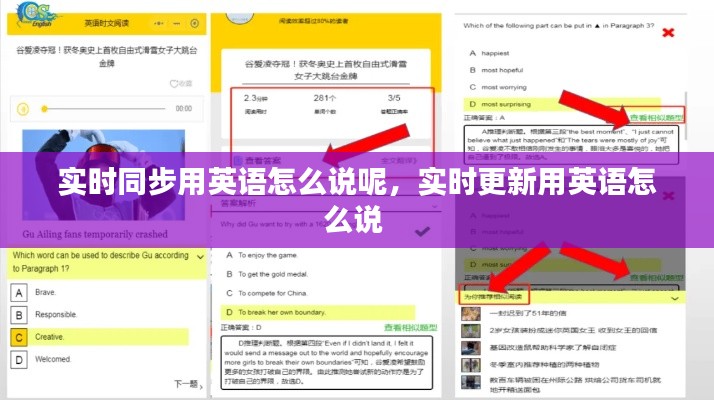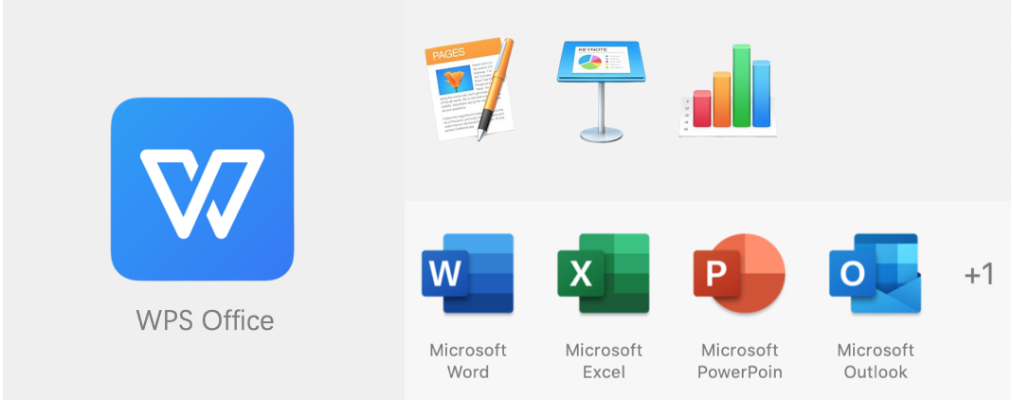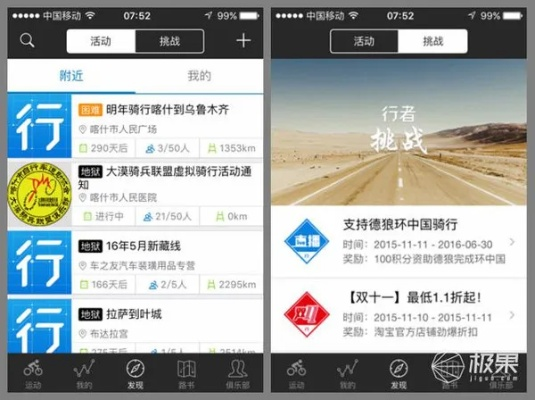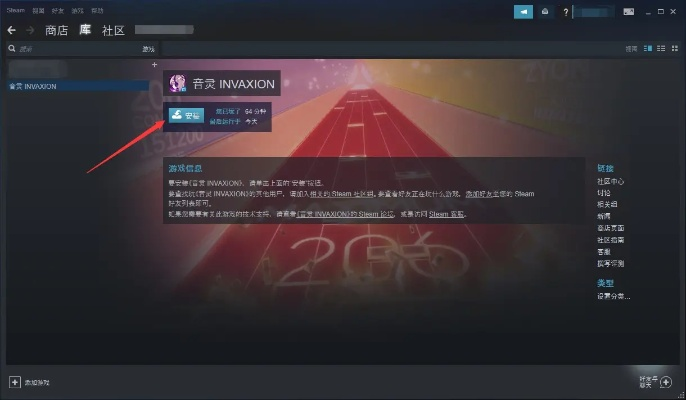Understanding the Concept of Real-Time Synchronization
In the digital age, the term "real-time synchronization" has become increasingly important in various domains, from technology to communication. But what exactly does it mean? Real-time synchronization refers to the process of keeping data, information, or resources in sync across different systems or devices at all times. This ensures that users or systems have access to the most up-to-date information without any delays or inconsistencies.
Applications of Real-Time Synchronization
Real-time synchronization is crucial in numerous applications, including:
**Communication**: In instant messaging apps, emails, and video conferencing, real-time synchronization ensures that messages and updates are delivered instantly to all parties involved.
**Collaboration Tools**: Platforms like Google Drive or Microsoft Office 365 use real-time synchronization to allow multiple users to edit documents simultaneously, with changes being reflected immediately for all collaborators.
**Financial Systems**: In banking and stock trading, real-time synchronization is essential to provide up-to-date account balances and market data to users.
**Healthcare**: Real-time synchronization in electronic health records (EHRs) ensures that healthcare providers have access to the latest patient information, improving patient care and safety.
**Transportation and Logistics**: Real-time synchronization in GPS systems and logistics software helps in tracking vehicles and goods, optimizing routes, and providing real-time updates to drivers and customers.
How Real-Time Synchronization Works
Real-time synchronization typically involves the following steps:
Data Collection**: Information is collected from various sources, such as sensors, databases, or user inputs.
Processing**: The collected data is processed and analyzed to ensure accuracy and relevance.
Transmission**: The processed data is transmitted to the target systems or devices using appropriate protocols and communication channels.
Storage**: The data is stored in a central repository or distributed across multiple systems to ensure availability and redundancy.
Updating**: Whenever new data is collected or existing data is modified, the system updates the stored data to reflect the changes.
Several technologies and methodologies are used to achieve real-time synchronization, including:
WebSockets**: A protocol enabling full-duplex communication channels over a single, long-lived connection, allowing real-time data exchange between the server and the client.
Message Queuing**: A messaging system that allows applications to exchange messages asynchronously, ensuring that messages are delivered reliably and in order.
Database Replication**: The process of copying data from one database to another, ensuring that both databases contain the same data at all times.
Change Data Capture (CDC)**: A technique used to capture and deliver data changes from a source database to a target system, enabling real-time updates.
Challenges and Considerations
While real-time synchronization offers numerous benefits, it also comes with its own set of challenges and considerations:
Latency**: Minimizing latency is crucial in real-time synchronization to ensure that users receive updates instantly. High latency can lead to inconsistencies and poor user experience.
Scalability**: As the number of users and devices increases, the system must be able to scale to handle the growing load without compromising synchronization performance.
Security**: Ensuring the security and privacy of data during synchronization is essential, especially in sensitive applications like healthcare and finance.
Reliability**: The system must be reliable, with mechanisms in place to handle failures and recover from them without disrupting synchronization.
Conclusion
Real-time synchronization plays a vital role in today's interconnected world, enabling seamless communication, collaboration, and data access. By understanding the concept, its applications, and the challenges involved, organizations can leverage this technology to enhance their operations and deliver a better user experience. As technology continues to evolve, real-time synchronization will undoubtedly become even more integral to the functioning of modern systems and services.
转载请注明来自互诺实验设备(衡水)有限公司,本文标题:《实时同步用英语怎么说呢,实时更新用英语怎么说 》















 冀ICP备2024085275号-1
冀ICP备2024085275号-1